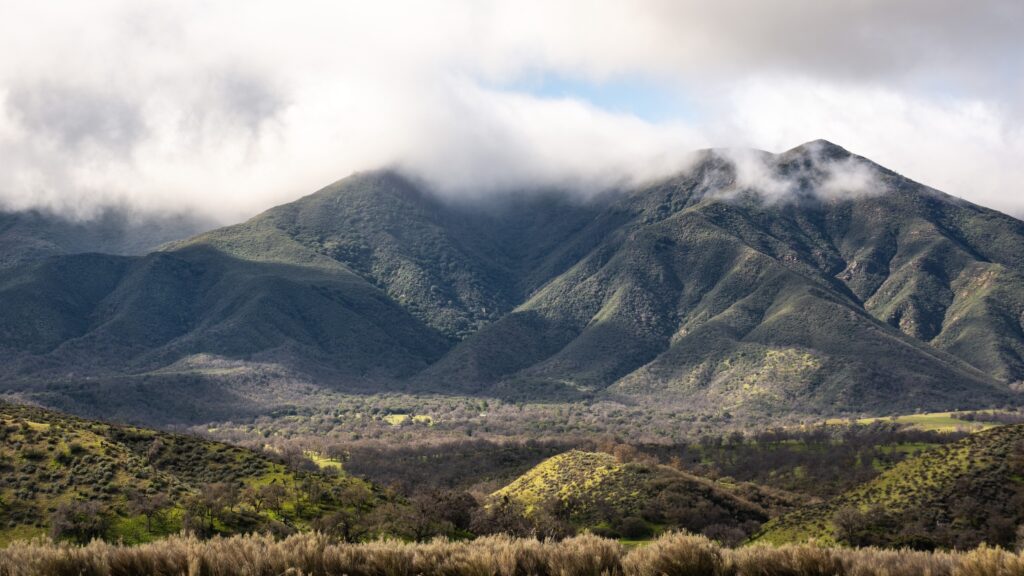Santa Barbara, Ca. – The Santa Barbara County Planning Commission voted 4-1 today to allow an out-of-state oil company to drill an 11,000 foot deep exploratory well in the Cuyama Valley. The approval came after an hour of testimony from local residents and conservation groups concerned about the project’s greenhouse gas emissions and impacts to rare plants and animals, public safety, scenic views, and water.

Photo by Bryant Baker
West Bay Exploration, a Michigan-based fossil fuel exploration company, received permission to explore for oil in Schoolhouse Canyon, a remote part of the Cuyama Valley. If successful, the exploratory well could lead to fossil fuel sprawl in an area known for its agriculture and outdoor recreation opportunities in Los Padres National Forest and Carrizo Plain National Monument nearby.
Several Cuyama Valley residents testified in opposition to the project at today’s hearing, as well as representatives from community groups including Cuyamans Against Water Grabs, the Cuyama Valley Family Resource Center, Los Padres ForestWatch, and Fossil Fuel Divest Harvard (the land proposed for drilling is owned by Harvard University’s investment arm, Brodiaea Inc.). These groups and others—including Santa Barbara County Action Network (SBCAN), Santa Barbara Audubon, Center for Biological Diversity, Sierra Club, Quail Springs Permaculture, and the Santa Barbara Botanic Garden—also joined together in submitting a letter opposing the project and requesting preparation of a full Environmental Impact Report.
“The Plan is incompatible with a safe and healthy future in the Cuyama Valley and is unacceptable at a time when we must urgently reduce greenhouse gases and other air pollution to protect our climate and health,” wrote the groups in the letter.
The groups are concerned about the project’s contribution to greenhouse gas emissions and its inconsistency with state and local programs to reduce fossil fuel extraction to achieve climate goals. They also shared concerns with Commissioners about the project’s impacts on endangered species like San Joaquin kit foxes and blunt-nosed leopard lizards, and rare flowering plants like Kern mallow, San Joaquin woolly-threads, and Blakley’s spineflower which is found only in this area.
More than 200 Santa Barbara County residents also wrote letters to the Commission expressing concerns about the project.
Members of the Cuyama Valley farming community attended to highlight unanswered questions about how expanded oil development could impact the area’s precious groundwater supply, which is already in a critical state of overdraft. Public safety and pollution risks were also mentioned regarding the company’s plan to truck toxic waste from the drilling operation to a dump in Santa Maria. Highway 166 is a scenic route fraught with numerous safety concerns over the years, including an oil tanker truck that spilled thousands of gallons of oil into the Cuyama River after an accident in 2020.
Attendees were also critical of several abnormal aspects of the proceedings. The hearing was interrupted for approximately 30 minutes after Commissioners learned that the project applicant submitted additional information late Tuesday evening to County planning staff. This informationpertained to rare widlife surveys, which were required as part of the environmental review process. The surveys were never entered into the public record, however, prompting several Commissioners to criticize the company’s late filing. Attendees were also critical of the Commission’s decision to consider the documentation despite the lack of sufficient time for public review the new information.
Attendees also decried what they considered to be “moving of goalposts” by the oil developer as aspects of the project were altered in real-time during the hearing. Details pertaining to trucking were altered by the applicant revealing increased carbon emissions that were not evaluated by the County. Notably, a consultant for West Bay also revealed that the project would rely on fresh groundwater from an existing well on the property despite prior claims that the local groundwater supply would be unaffected.
Supported by expert opinion, Cuyamans Against Water Grabs argued that an Environmental Impact Report was required for the project, which would be a first step to oil production at the site, if the well was successful. “The County ignored the potential future impacts of oil development at this site, improperly piecemealing the project into smaller pieces and ignoring cumulative impacts in violation of CEQA” explained public interest environmental lawyer Marc Chytilo. “The Planning Commission’s reliance on a weak and incomplete document was a disservice to the community and the environment.”
Commissioner Roy Reed of Santa Maria made the motion to approve the project, and it was seconded by Michael Cooney representing District 1 which includes Cuyama and the site of the proposed well. The motion passed 4-1, with Commissioner Parke voting against due to the lack of appropriate environmental review.
The decision is subject to appeal to the Board of Supervisors.
# # #







Comments are closed.